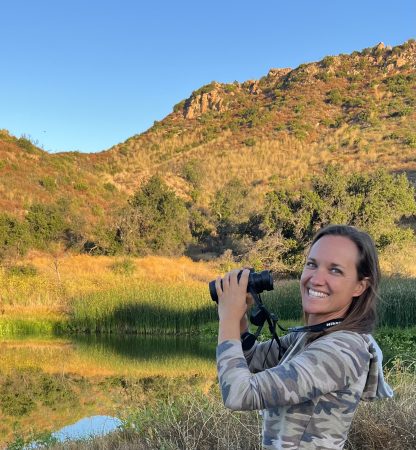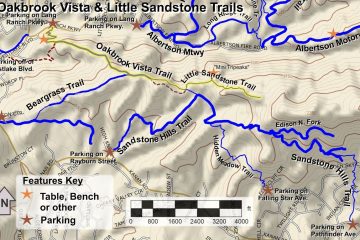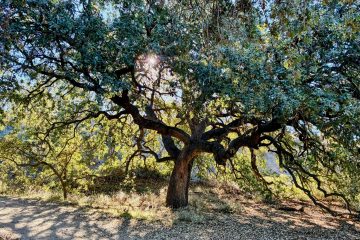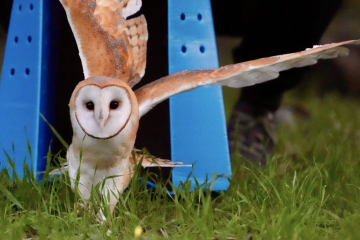Wildlife researcher Ellie Bolas reveals the private lives of local mule deer—see her recorded presentation

Visit China Flat, Conejo Canyons, Rancho Sierra Vista or Satwiwa as the sun is rising. Watch in anticipation as it casts delicate morning light on the open canopy of the oak savanna, the frosted tips of wild oats and desiccated sagebrush—and wait.
You just might see the unmistakable glimmer of a mule deer’s summer coat.
“I’ll often bring my binoculars, and as the sun is coming up, I’ll look for ears,” says Ellie Bolas, a PhD researcher at University of California, Davis who was COSF’s third 2025 Speaker Series guest on July 9. “In the fall, which is breeding season, we’ll start to see deer congregating in meadows so they can interact. That’s a great time to find them.”
Bolas has been on the lookout for wildlife in the mountains here for more than a decade, sometimes recreationally, other times as a biologist. She began studying the ecology of deer in the Santa Monica Mountains National Recreation Area when her PhD project focused on a predator-prey monitoring. Bolas and her collaborators—including some researchers with the National Park Service–have documented deer throughout the Rim of the Valley, including the Simi Hills and the Santa Susana Mountains.
The team collects data on every aspect of the deer’s lives: what they eat, where they range, where they gather to rut, even the time of year they forage in one place compared to another.
The impact of wildfires especially interests Bolas; she personally evacuated from the 2013 Springs Fire that raced through the foothills of Boney Mountain above Newbury Park, charring over 24,000 drought-stricken acres in a mere day and a half.
The researchers have recently found, for instance, that deer, who are famously opportunistic eaters, graze and forage in different places depending on the time of year and that fire history is part of their decision-making process.
“How deer use burned areas is really seasonally dependent,” says Bolas. “In winter, they seek out the green grasses of younger burns, and then in the summer they tend to seek out older burns with more established shrubs. Deer seem to prefer areas that last burned between seven and 12 years ago.”
And deer capitalize on this mosaic of different habitats to get what they need. It’s a valuable adaptation where late summer is marked by searing heat and rainless, blue dome skies. —Sean Crommelin
For more information about this collaborative research between Ellie and her NPS partners, visit: https://www.nps.gov/samo/




0 Comments